|
Today's photo is a lowly little inchworm. It is the larvae of a moth in the Geometridae family. There are over 1,200 species of inchworms in North America. The inchworm only has legs on the front and back of its body. It has three pair of true legs on the front and two or three pairs of larval appendages (called prolegs) on the back. This means that in order to walk the inchworm must loop the body as it moves forward with the front legs and then pulls the body forward to use the hind legs. This inchworm stands motionless when it is threatened and looks like a tiny branch or twig.
0 Comments
Today's photo is a green lacewing fly (Chrysoperla rufilabris). It is considered a beneficial insect in the garden as the larvae (also commonly called aphid lions or aphid wolves) feed on aphids and other soft-bodied insects. The adults, like the one above, feed on nectar and pollen. It is estimated that one lacewing will devour 200 aphids a week. If you are interested in photographing lacewings, watch for them in your garden at dusk. According to Mother Earth News, adult lacewings are attracted to the scent of aphid honeydew and caterpillar frass and seek them out in the evening. The above photo has been edited to represent the natural color of the green lacewing fly. The image below was created when I tried to soften the light from the flash with my hand, which caused the lacewing to pick up color from the flowers. While it created a beautiful image, the colors were not realistic. 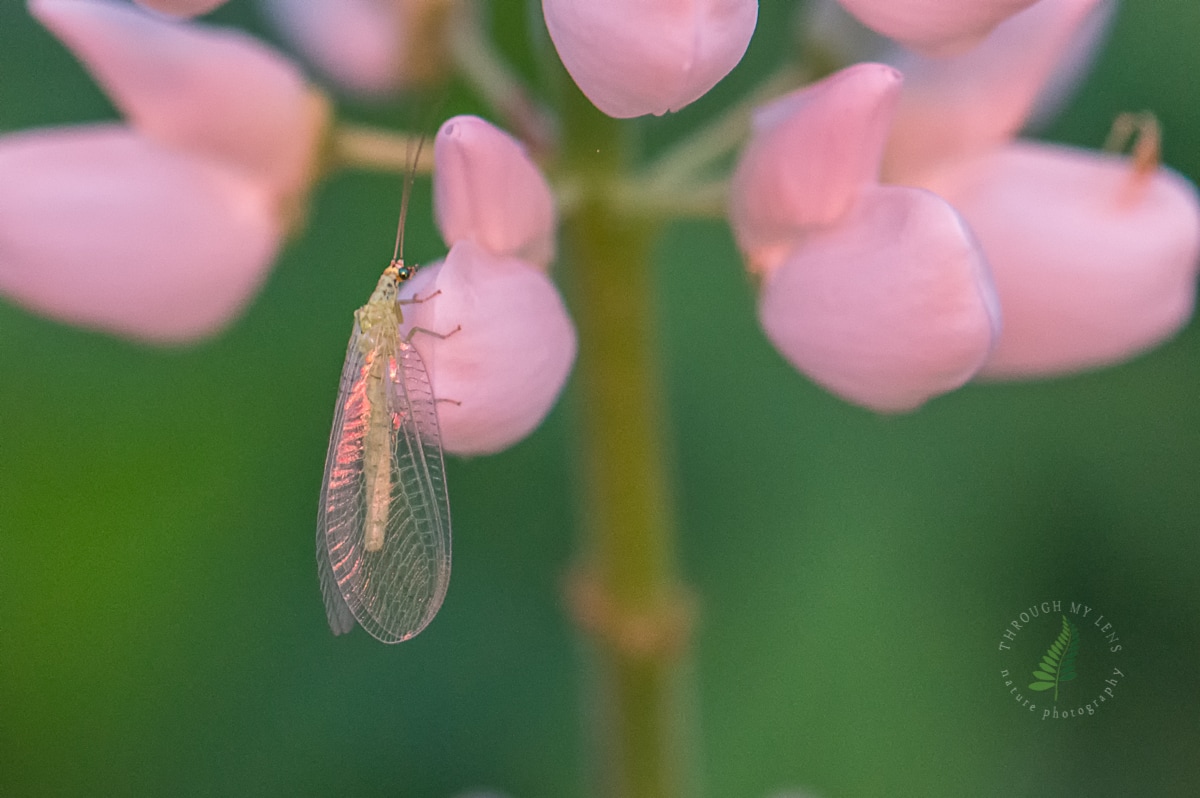 Today's photo is what I grew up calling a wild rose. These roses are highly fragrant and can be found growing along roadsides, in ditches and on old abandoned homesteads throughout Maine. I learned today that they really aren't a wild rose at all. According to American Meadows, true wild roses (Rosa species) have only five petals and are nearly always pink, although some are white or yellow.
Hedgerow Rose refers to them as old garden roses. It appears those growing in this area may be either Bourbon, Buck or Portland roses or a cross of two or more. This lovely rose is likely a hardy hybrid that has naturalized and survives for decades after they have been abandoned. While it may not be a true wild rose, it does speak of days-gone-by and likely adorned the gardens of my ancestors. Nearly everyone recognizes the little red ladybug as a friendly insect. In fact, many people across the globe associate ladybugs with good fortune or good luck. Although the name varies depending on the part of the world you live in, they are known as ladybugs in North America. In Britain, they are referred to as ladybirds. Entomologists commonly refer to them as ladybird beetles or lady beetles. But, rest assured, whatever you call them, they bring cheer to the garden.
According to legend, during the middle ages in Europe, the crops of the fields were attacked by swarms of insects, prompting the farmers to pray to the Virgin Mary for help. Soon after the prayers were lifted to the heavens, thousands of ladybugs descended and began to devour the insects that were destroying the crops. The farmers soon began referring to them as the "Beetles of Our Lady" which later evolved to lady beetles and eventually to the affectionate terms ladybirds and ladybugs. The popular nursery rhyme may have origins in agriculture. It is said that farmers set their fields afire after the harvest to control insect pests and recited this rhyme to assure the ladybugs would survive. "Ladybug (ladybird), Ladybug, Fly away home. Your house is on fire and your children are gone." Wild lupines (Lupinus perennis) grow profusely across most of the state of Maine and are often seen along roadsides and in ditches. This remarkable flowers bloom in mid to late spring bringing color to the landscape. They range in color from pure white and pastel pinks to deep rose, blue and purple.
These lupines are from my flower garden. The photo was taken in the early morning when the rays of the morning sun struck the the two spires in the foreground. It is easy to see why lupines symbolize imagination, as they add a dreamy story-book quality to the garden as they interact with the changing light throughout the day. Today's photo is a red soldier beetle (Rhagonycha fulva) as he is ready to take flight. He looks like he belongs in a book of fairytales about mythical dragons to me. The dots on his wing are actually tiny dewdrops. You are more likely to see the red soldier beetle crawling along a blade of grass, on flowers in the flower garden, along roadsides or in grassy areas. The adults feed on both pollen and other insects, but they are harmless to humans.
Today's photo is a Siberian Iris (Iris sibirica) blooming in my backyard. According to one legend, the iris flower got its name from the Ancient Greek Goddess, Iris. As a messenger between the heavens and the earth, Iris used the rainbow as a bridge, earning her a reputation as the goddess of the rainbow.
One day, when the gods threw a party for the flowers, all the flowers wore their finest attire, but one tiny flower arrived in tattered, dull clothing. Taking pity of this dull flower, Iris declared that the little flower would be clad in the colors of the rainbow. To this day, the flower is known as the Iris and comes in nearly every imaginable color. Siberian Iris come in shades of purple, blue and yellow and even include pink, white and shades of red and orange. This delightful little flower is blue-eyed grass (Sisyrinchium spp). I grew up calling this flower blue grass and assumed that Kentucky was called the Bluegrass State in its honor. I envisioned a landscape covered with these tiny blue flowers. I learned today that it isn't true. Kentucky is called the Bluegrass State, but it has nothing to do with the blue-eyed grass. Kentucky Bluegrass (Poa pratensis) is an entirely different plant and does not have blue flowers. It gets its name from the blue hue of the mature grass and was probably named by the first settlers who arrived when the prairies and pastures were filled with mature grass about to go to seed, as this is when it casts a blue hue.
I'll be honest. I'm a little disappointed to learn that the landscape in Kentucky isn't blanketed with bright blue flowers, but that doesn't make them any less beautiful. Blue-eyed grass really isn't a grass at all and is related to the iris species. It can be found growing wild across much of North American, including Maine. Dandelion seed heads are often associated with making a wish. It has long been believed that making a wish on the seed head and then blowing away the fluffy seeds holds the power to make your dreams and wishes come true. But beware. Your wish will only come true if you manage to blow away every seed. Likewise, dandelion seed heads are thought to confirm a love interest. If all the seeds are blown away, your love interest returns your love, but if some seeds remain, he has reservations about his love for you. For these reasons, dandelion seed heads are often viewed as a positive symbol that hold promises of love and happiness to come.
Rainbows have long been associated with good luck or good fortune and have a way of brightening the day. I captured this one shortly before sunset last week. If you have ever wondered why sometimes you see a rainbow after the rain and sometimes you don't, you may be interested to learn that rainbows are only visible in the morning and afternoon because when the sun is high in the sky the rainbow appears below the horizon. So, if you are into rainbows, look for them after showers in the morning and evening, not when the sun is high in the sky.
|
Archives
November 2021
|
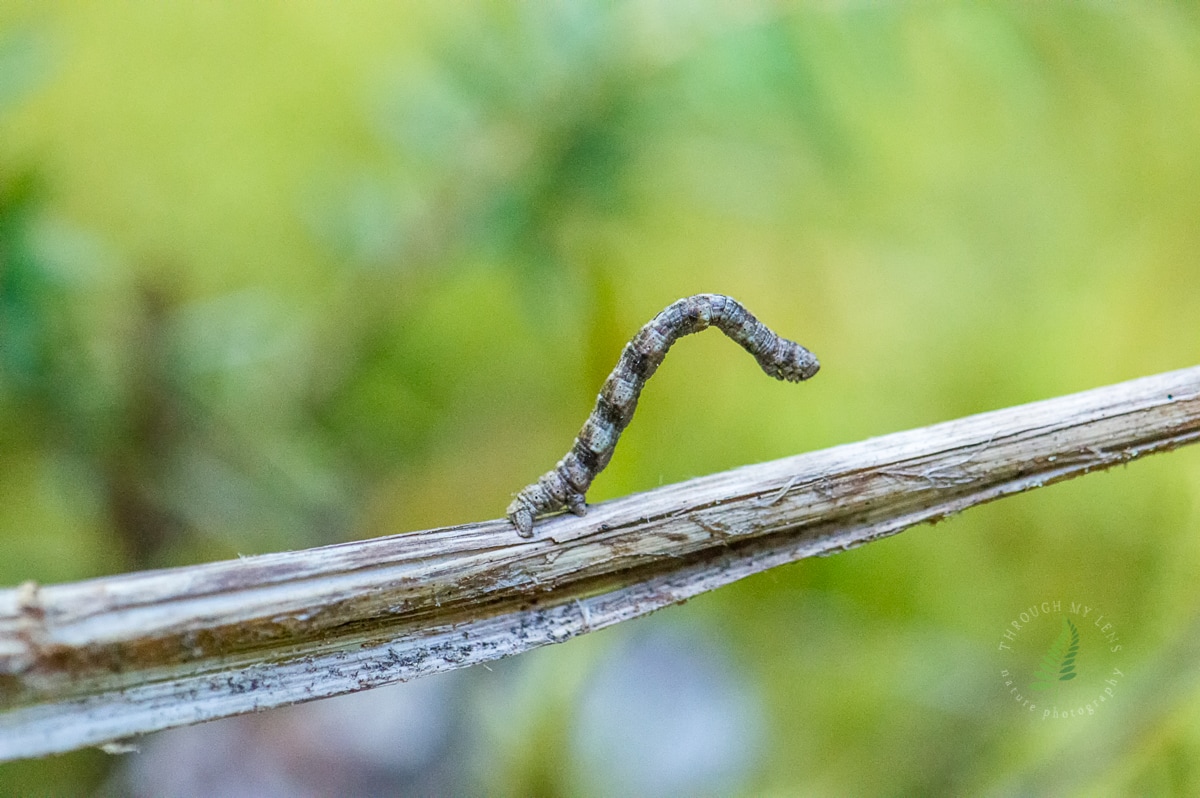
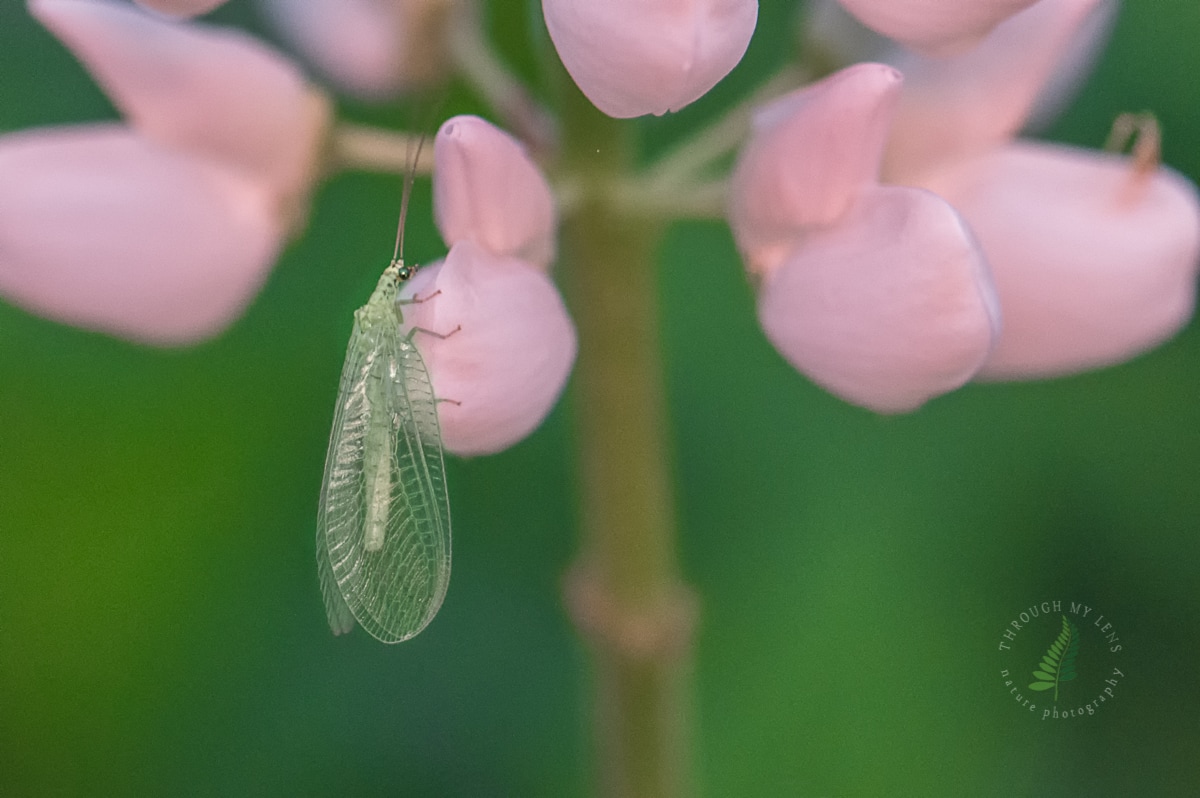
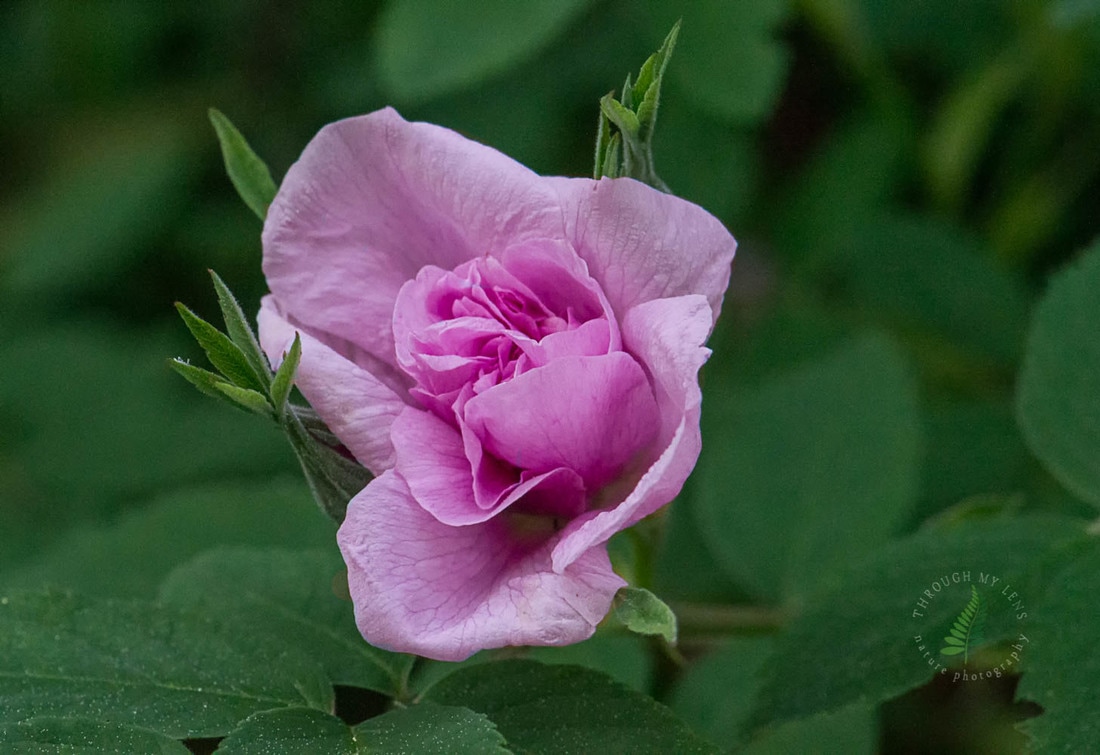
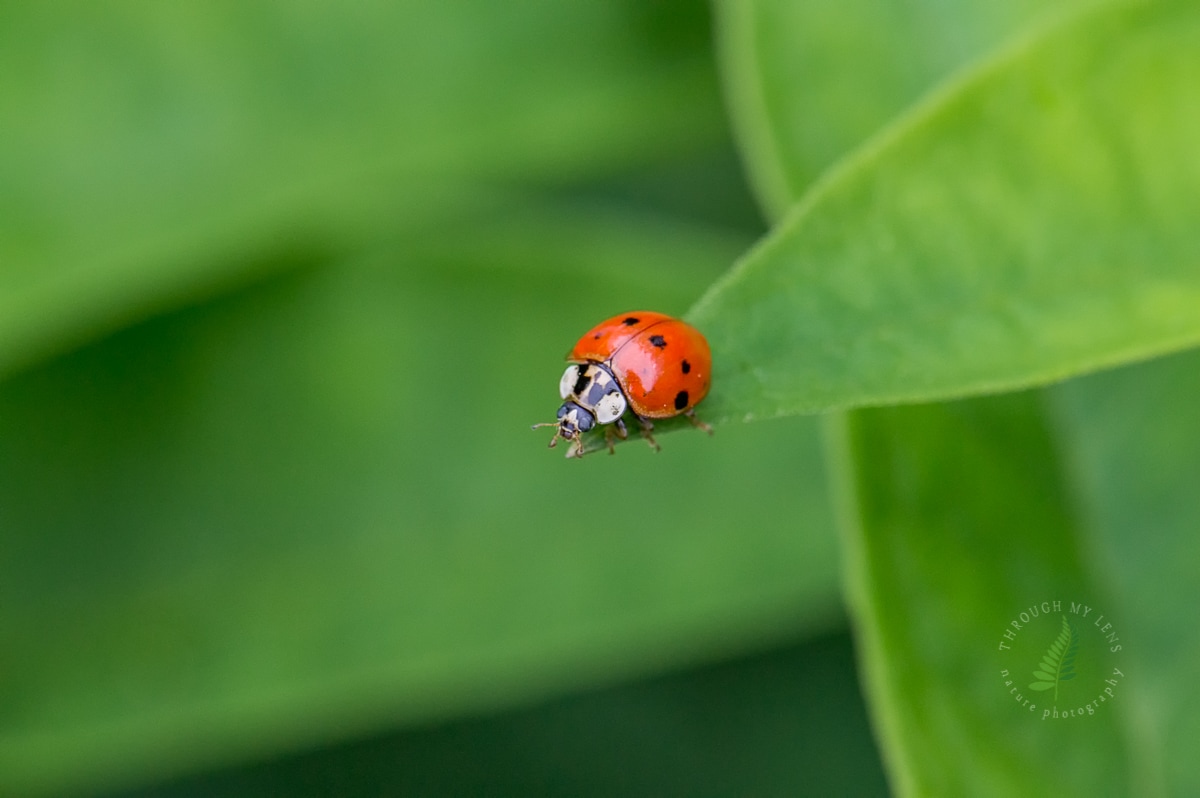
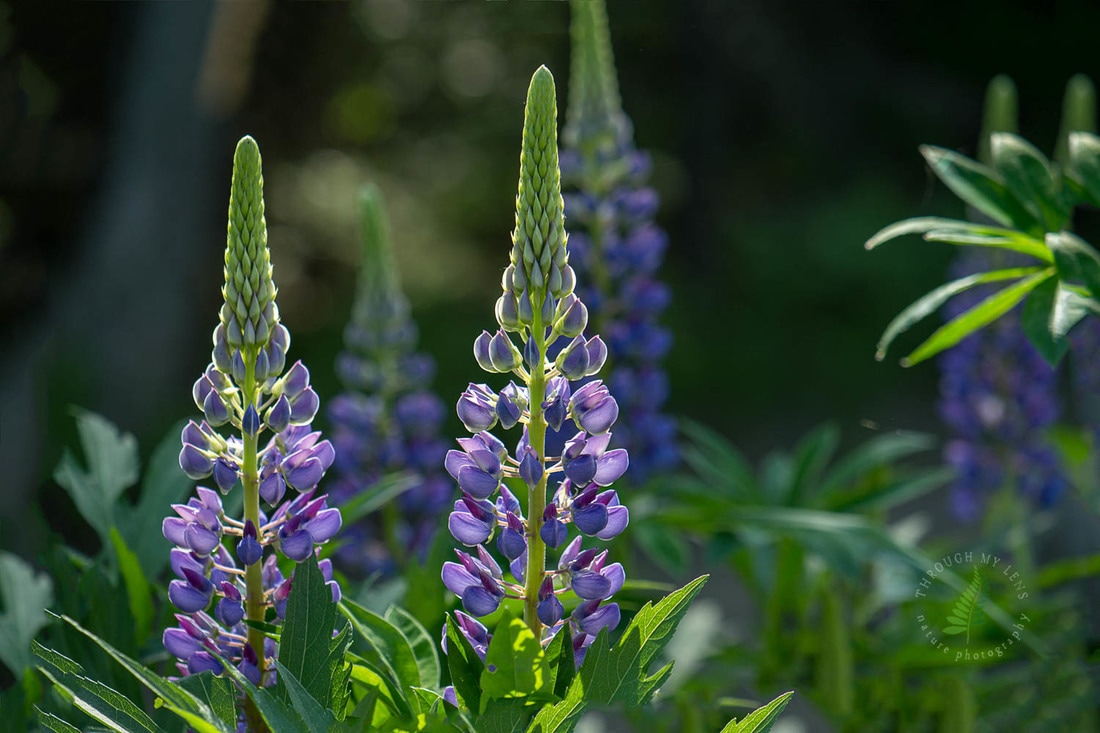
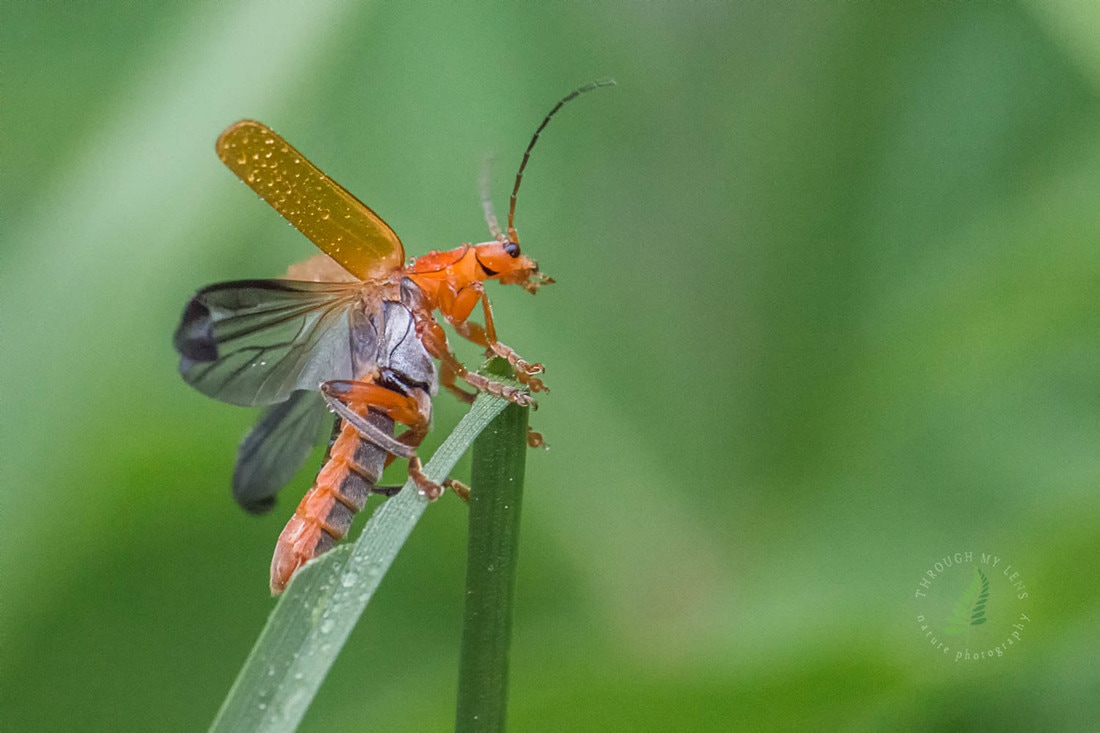
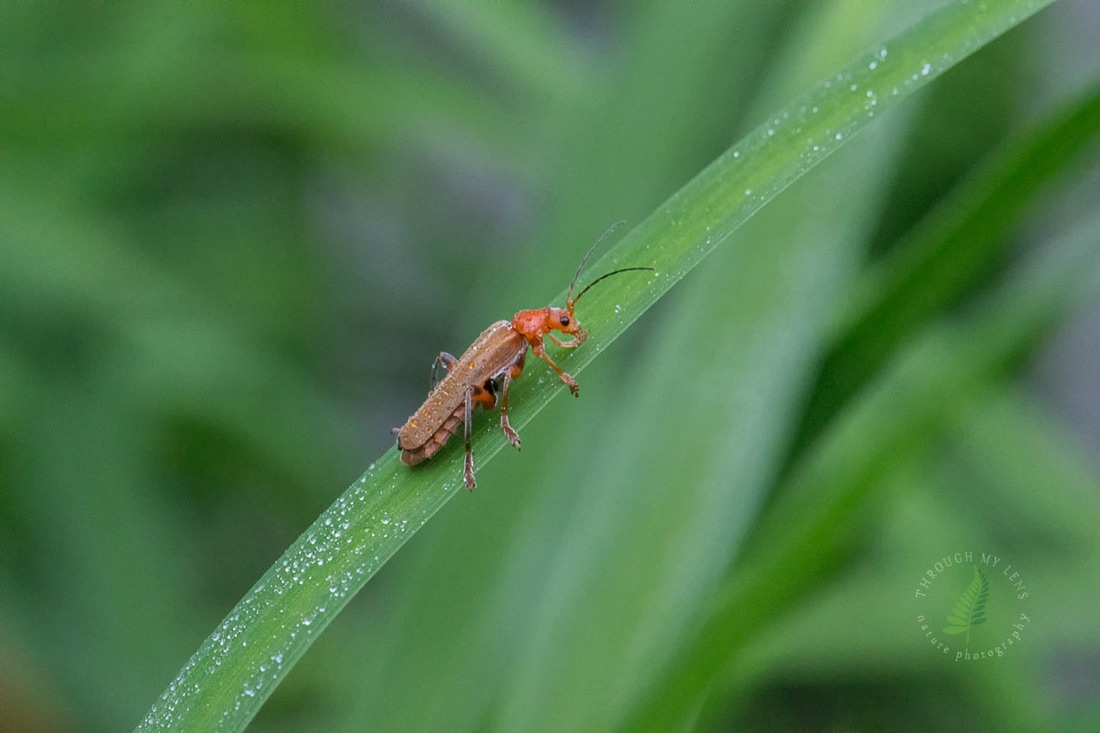
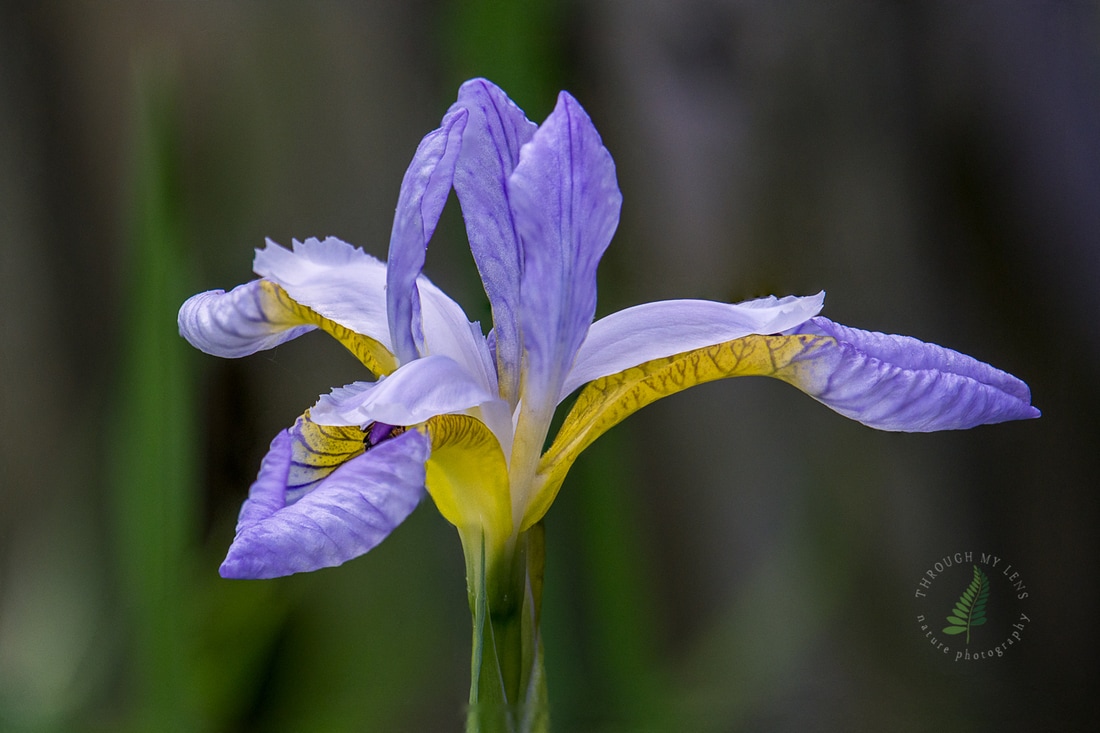
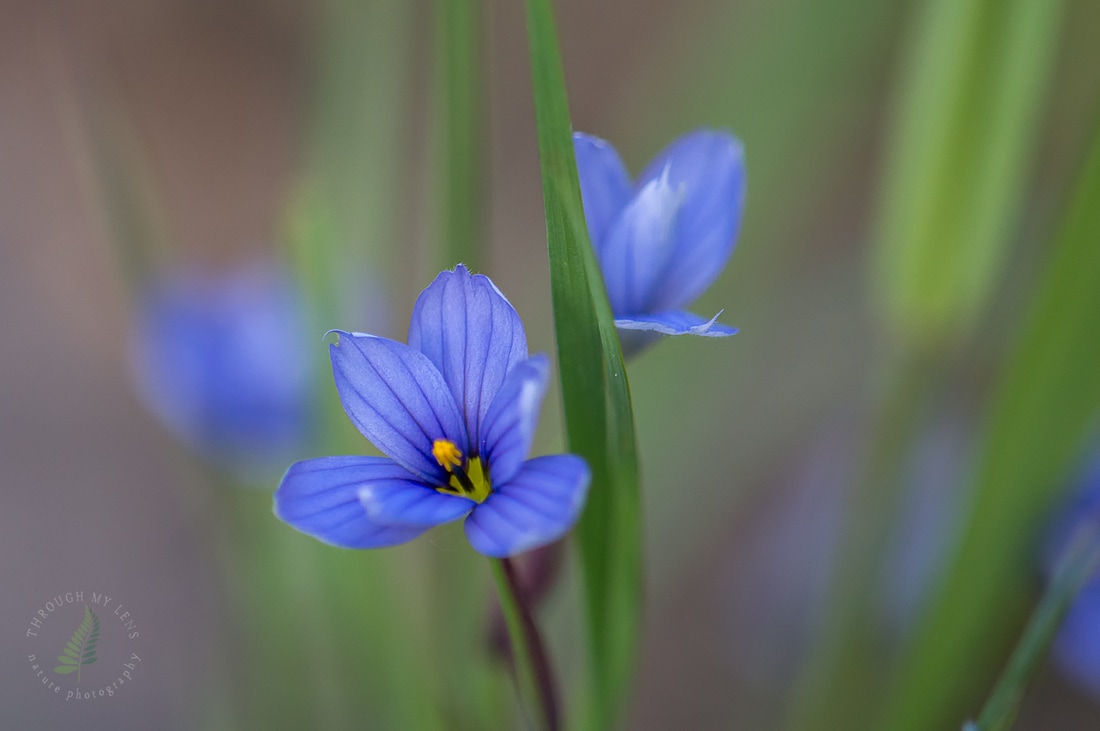
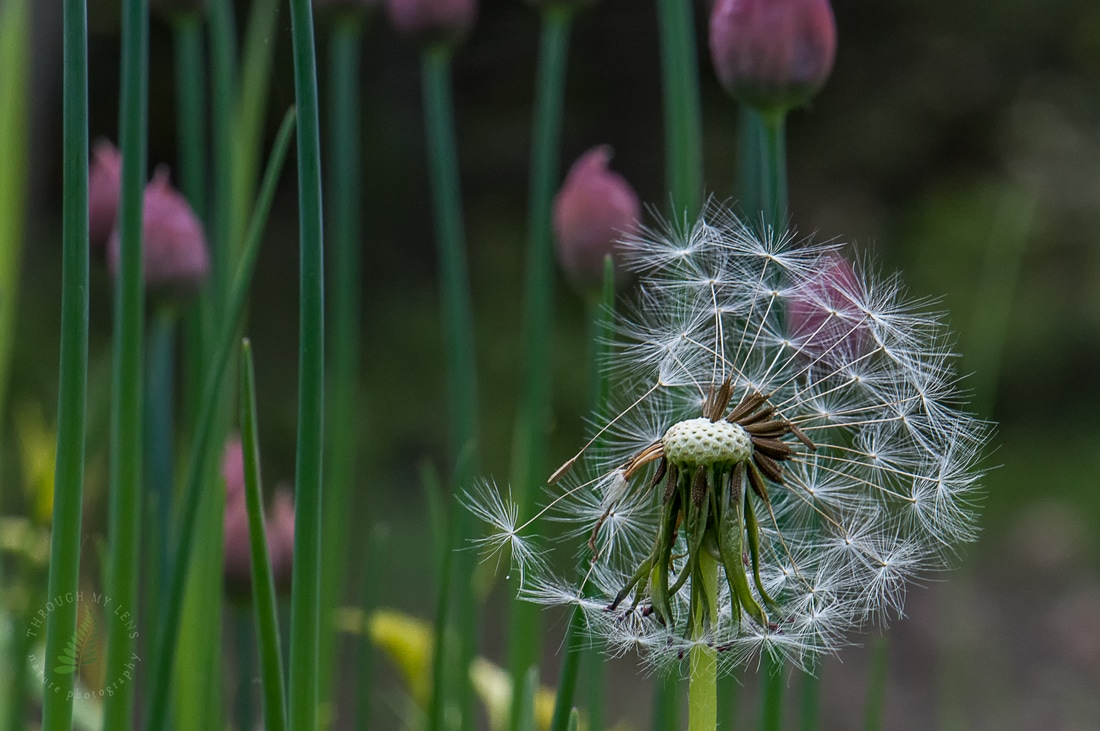
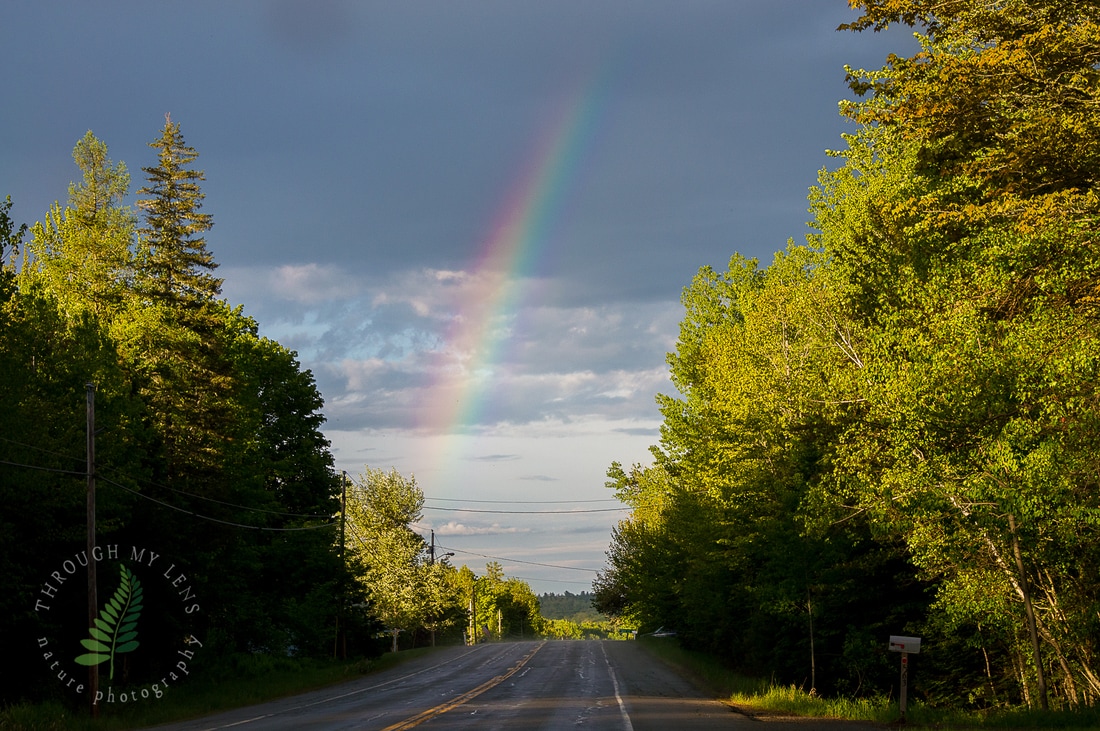
 RSS Feed
RSS Feed